Gma's & Gpa's Great Adventures
Spent a rocky night out at Vlasoff Cay – a small white sandy cay popular with Heli tours to land on and provide a romantic catered lunch. I bet they don’t always get a double rainbow! I wonder if “The Bachelor” has ever been here?
The next day we had good winds to sail to the Low Isles, two small coral cay islands surrounded by 55 acres of reef - one a sandy cay that’s popular with snorkelers, and the other a mangrove swamp which is also a significant bird nesting site. Low Island is home to a historic lighthouse built in 1878 that still operates today. The first keeper was Captain Daniel Owen and his wife Jane Ann (were they Welsh? are we related?) The original oil wick light was upgraded to kerosene in 1923, to electricity in 1963 and finally converted to solar power in 1993.
Being so close to the mainland with a large shallow reef, the Low Isles are a popular tourist stop for snorkelers with colorful blue, green and purple parrotfish. Clams. Reef sharks. No crocs. No stingers. However, we were quite sad to see so much unhealthy coral.
RUTH METZ
43 chapters
Low Isles
Northern Great Barrier Reef
Spent a rocky night out at Vlasoff Cay – a small white sandy cay popular with Heli tours to land on and provide a romantic catered lunch. I bet they don’t always get a double rainbow! I wonder if “The Bachelor” has ever been here?
The next day we had good winds to sail to the Low Isles, two small coral cay islands surrounded by 55 acres of reef - one a sandy cay that’s popular with snorkelers, and the other a mangrove swamp which is also a significant bird nesting site. Low Island is home to a historic lighthouse built in 1878 that still operates today. The first keeper was Captain Daniel Owen and his wife Jane Ann (were they Welsh? are we related?) The original oil wick light was upgraded to kerosene in 1923, to electricity in 1963 and finally converted to solar power in 1993.
Being so close to the mainland with a large shallow reef, the Low Isles are a popular tourist stop for snorkelers with colorful blue, green and purple parrotfish. Clams. Reef sharks. No crocs. No stingers. However, we were quite sad to see so much unhealthy coral.
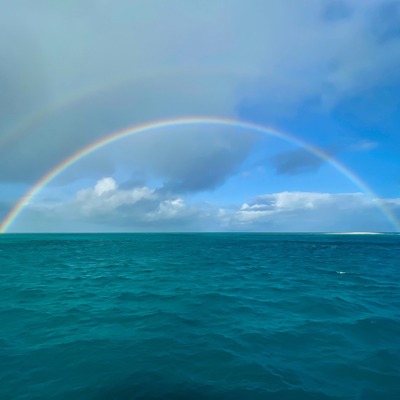
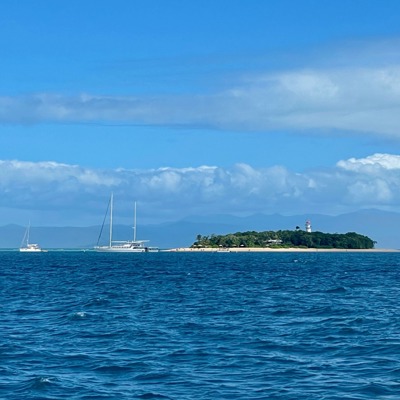
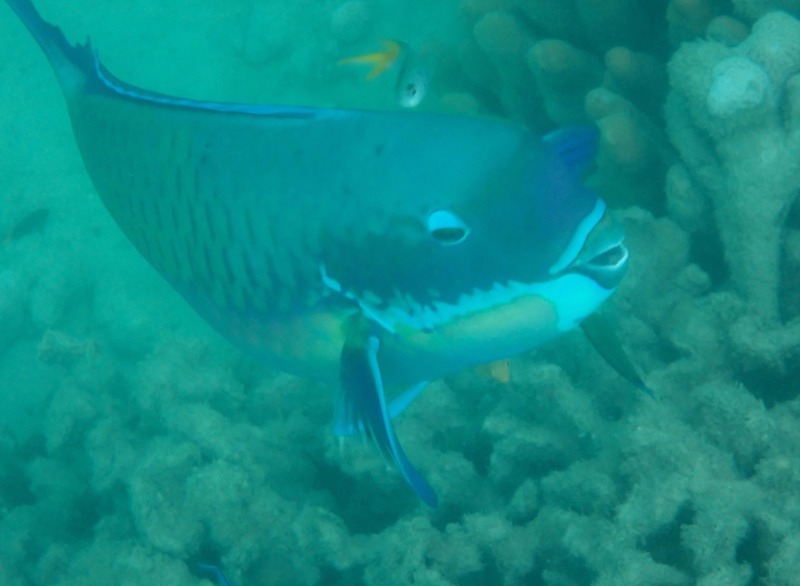
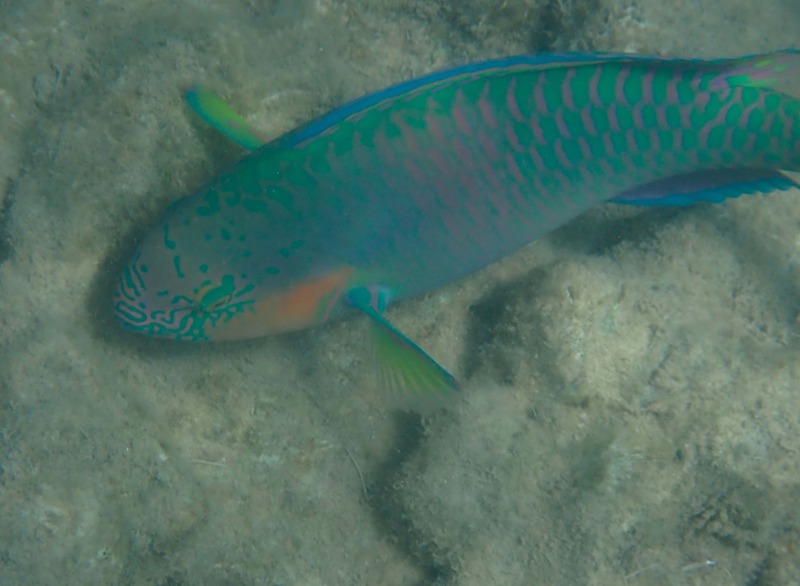
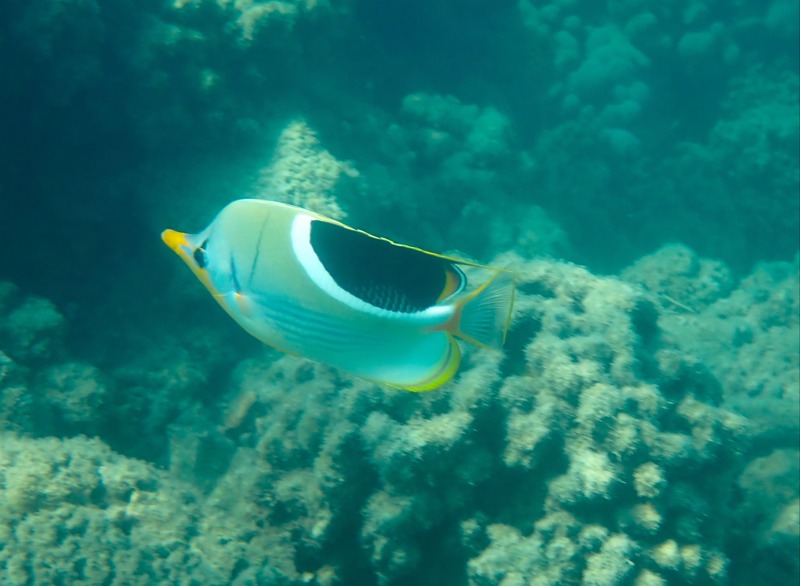


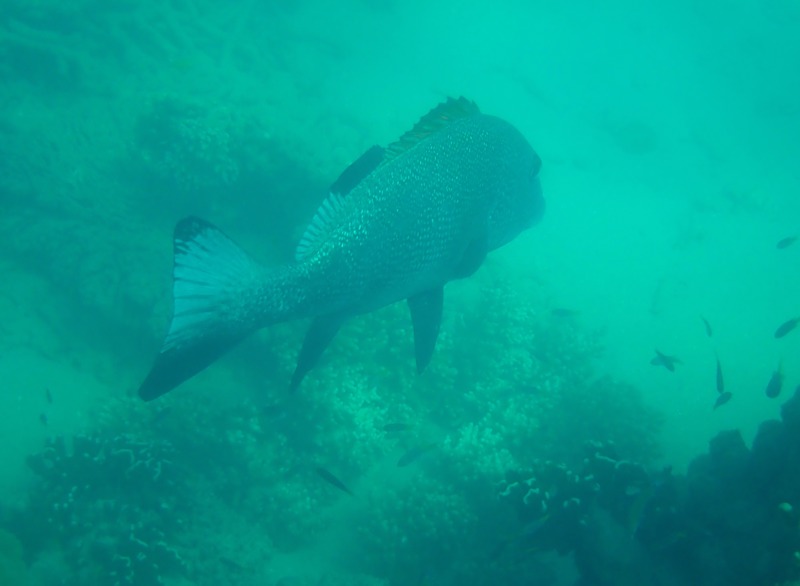
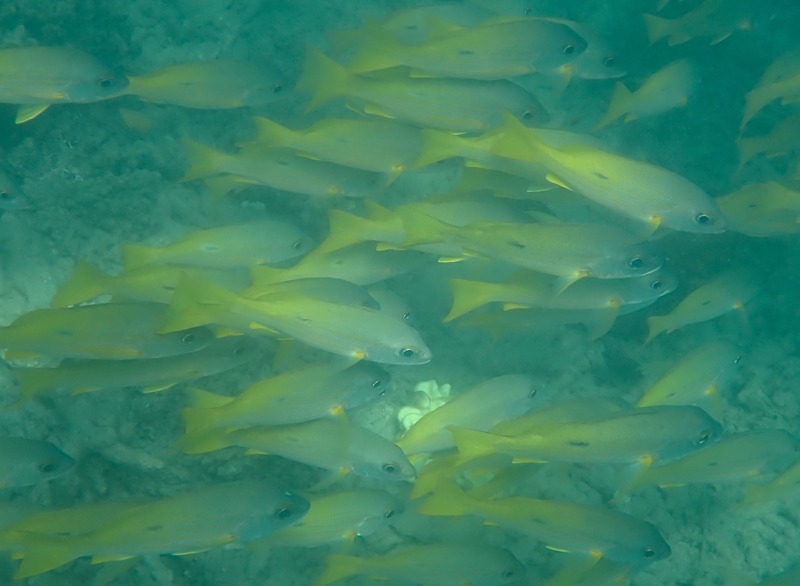

Large-scale coral bleaching events used to occur every 27 years. In 2016 and 2017, the Great Barrier Reef experienced back-to-back “marine heat waves”—resulting in the death of almost 1/3 of all the reef’s corals. More recent and frequent bleachings have affected 74% of the Marine Park with half of these showing high or very high levels of coral bleaching. Corals expel the symbiotic, colorful algae which can ultimately lead to their death. Coral cover in the northern section of the Great Barrier Reef—which stretches 1,400 miles, roughly the length of Florida’s coastline—is now at its lowest point on record.
In 1928 the world’s first detailed scientific study of coral reef took place on Low Isles. This laid the foundation for the development of coral reef science. The Australian authority that manages the Great Barrier Reef has traditionally resisted intervening in the reef’s ecology, preferring to let it recover naturally.
We did see LOTS of clams – many smaller, vibrant ones and many giant, skeletal shells. Giant clams play a vital role in the reef ecosystem. They contribute to the reef structure, provide habitats for other marine life, and their filter-feeding helps to maintain water clarity. Giant clams are known for their bright colors, which can include blues, greens, purples, & gold – an indicator of clam health. These colors come from the symbiotic algae living in their tissues. The algae provide the clams with nutrients through photosynthesis, and in return, the clams provide a safe habitat for the algae. Giant clams can grow to 4’ long, weigh over 500lb and live up to 100 years. Seeing so many young healthy clams, we are hoping, is a good indication of recovery and the return of a healthy reef. Get well soon!
XOXOXOXO Gma & Gpa
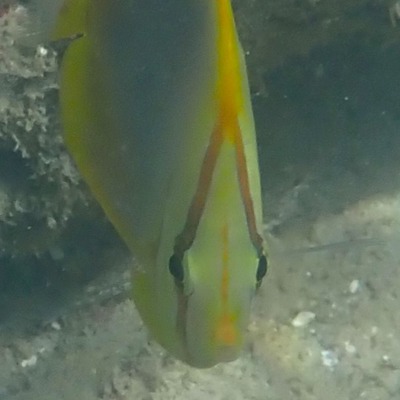
1.
We're Back!
2.
Marlborough District
3.
Kaikoura
4.
Christchurch and beyond...
5.
Steampunk & a Castle?
6.
Te Anau
7.
Milford Sound
8.
Queenstown
9.
Little Paradise
10.
Happy Birthday to Gma!
11.
Glacier Country
12.
Now Where??
13.
The Wild Side
14.
It's Just Another Day
15.
Wonderland
16.
More Places to Go...
17.
Happy Birthday to Gpa!
18.
Love It Here!
19.
Let 'er Loose!
20.
Crossing the Ditch
21.
Sydney
22.
Taronga Zoo
23.
to Bundy
24.
Coddiwomple
25.
Found It!
26.
Something New!
27.
Adjusting Our Sails
28.
Back to the Islands
29.
Maggie Island
30.
Hinchinbrook
31.
Gone fishin'
32.
Cairns
33.
Low Isles
34.
Agincourt Reef
35.
Ribbon Reefs
36.
Lizard Island
37.
Cooktown
38.
Time to Head South
39.
Out and About
40.
It's Time to Go
41.
Onward Ho!
42.
K'gari | Fraser Island
43.
Carnival of Flowers
44.
Australia Zoo
45.
Where, Oh Where Did the Metzes Go??
46.
We Went to Tassie!
47.
The End
Share your travel adventures like this!
Create your own travel blog in one step
Share with friends and family to follow your journey
Easy set up, no technical knowledge needed and unlimited storage!
© 2025 Travel Diaries. All rights reserved.